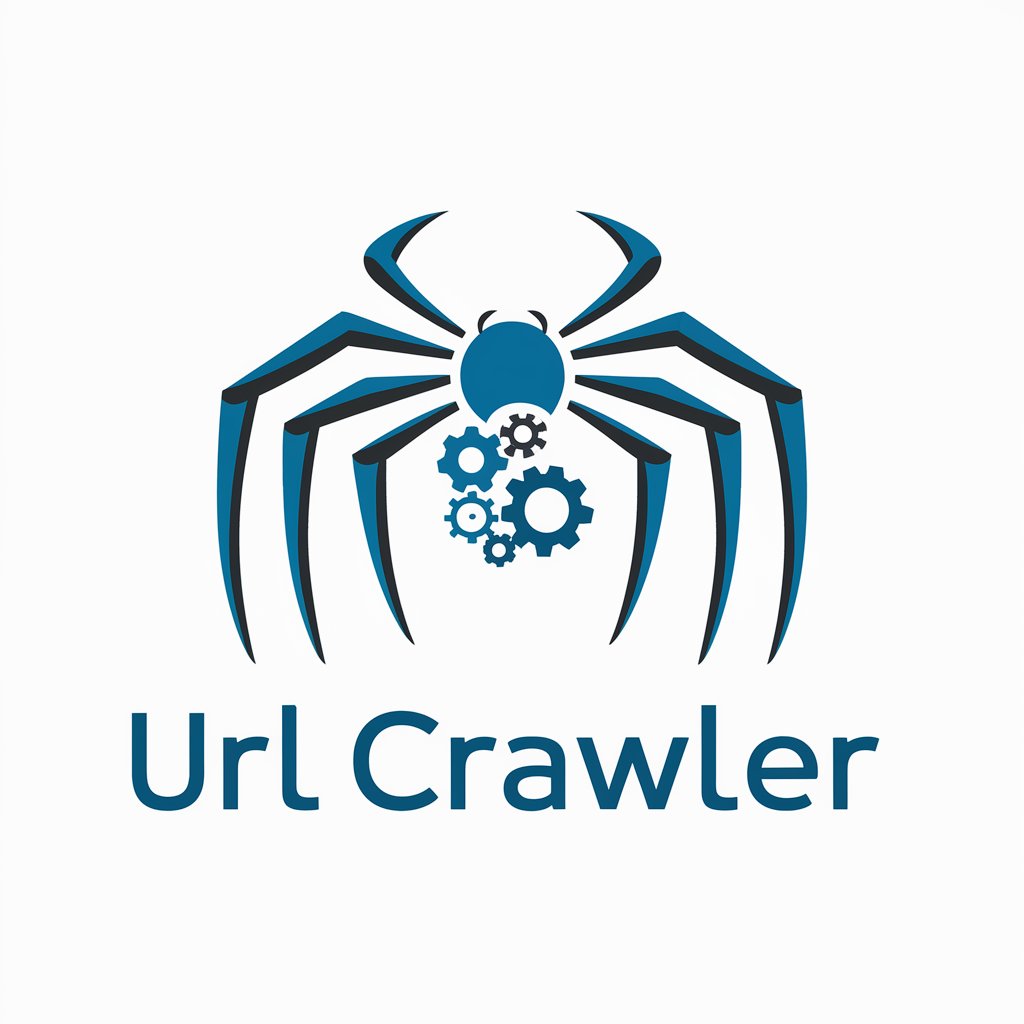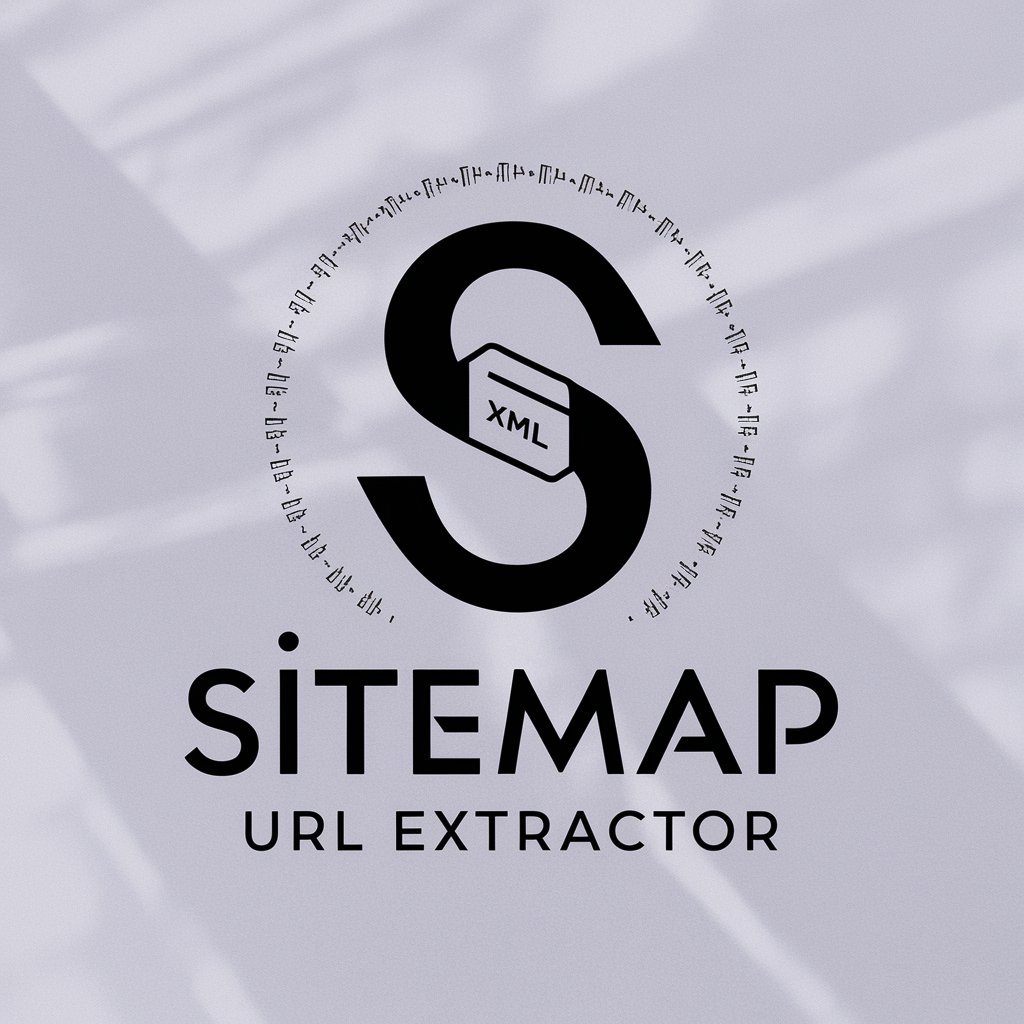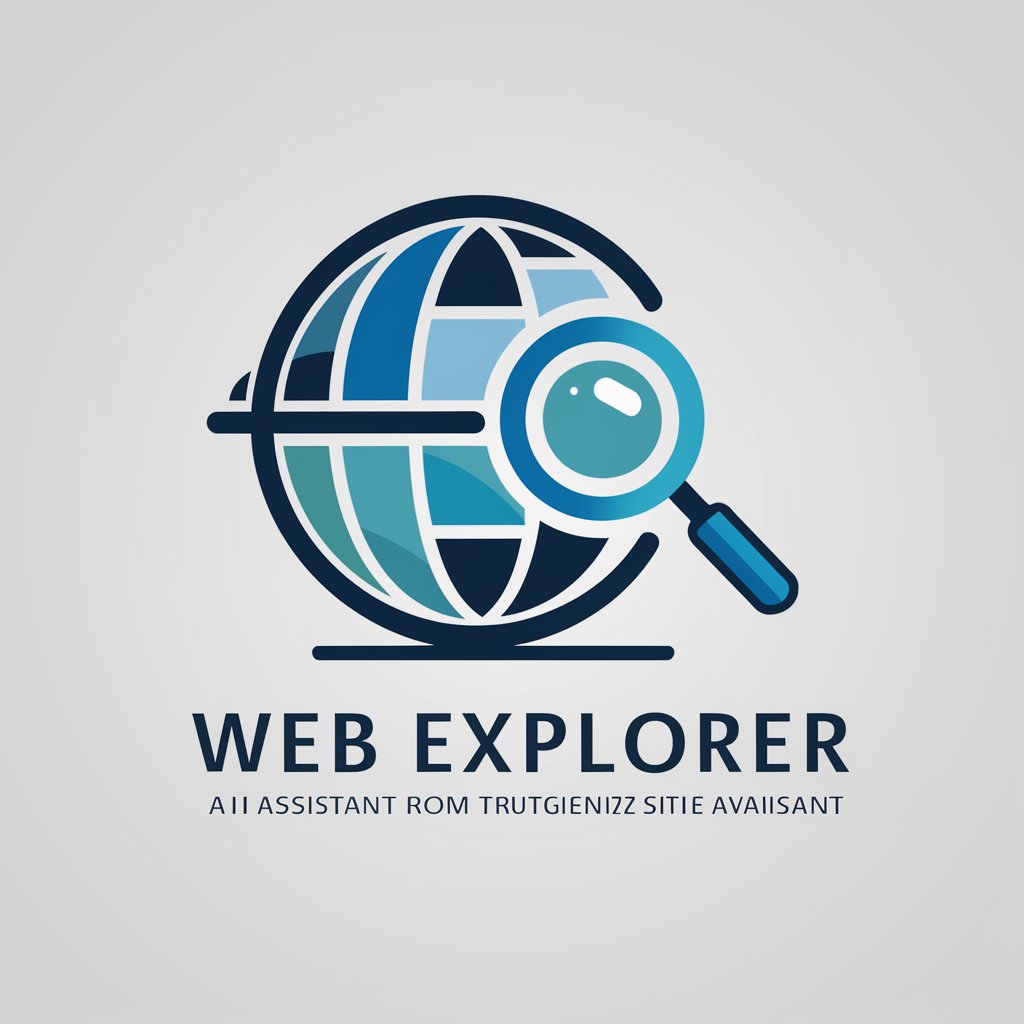
Webcrawler 2 Site Explorer - Domain-Wide URL Extraction
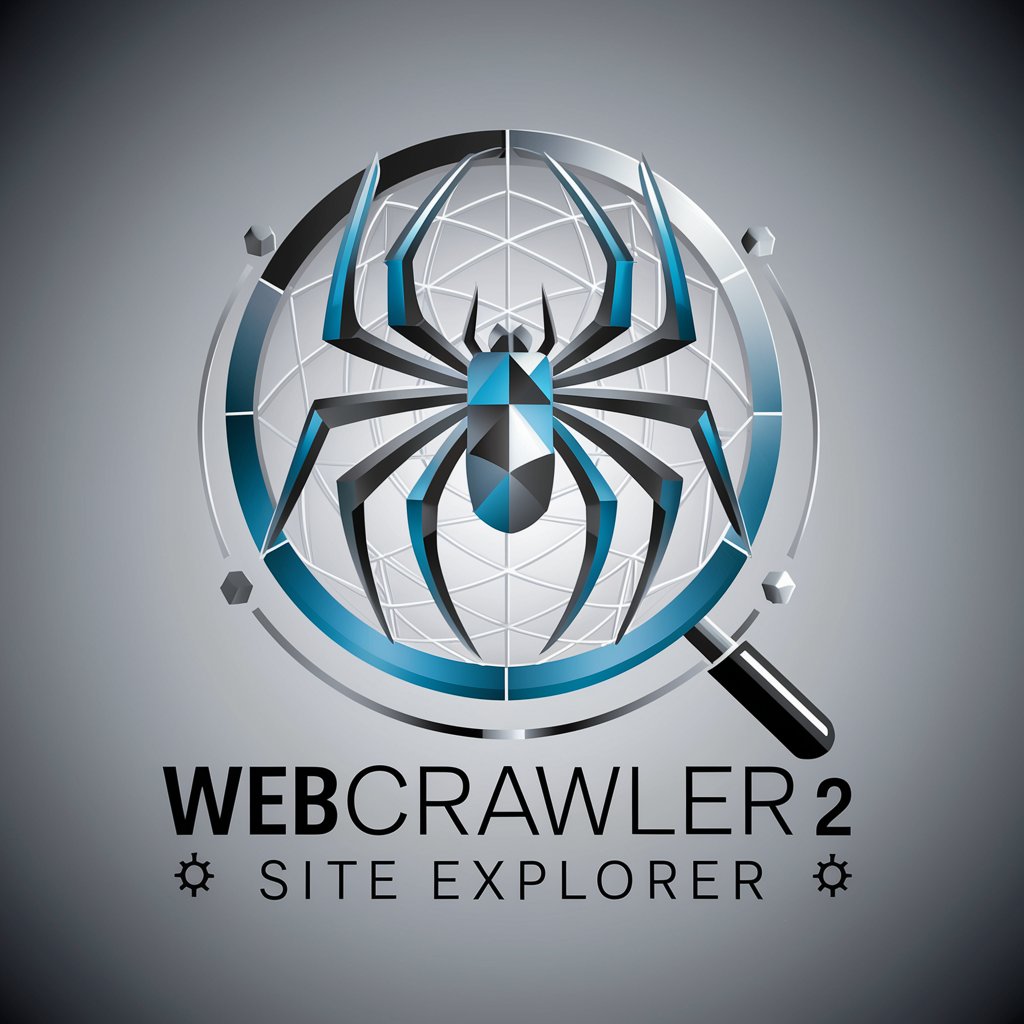
Hello! I'm here to help you explore and list all the pages of a website.
Discover Every Page, Powered by AI
List all the pages on the domain
Generate a comprehensive URL list for
Identify all indexed pages from
Search and compile all web pages from
Get Embed Code
Overview of Webcrawler 2 Site Explorer
Webcrawler 2 Site Explorer is designed as a specialized tool for indexing and extracting all accessible webpages from a specific domain. It uses the 'site:[domain]' query on Google search to identify and list every page associated with a given website. This capability is particularly useful for SEO professionals, web developers, and content managers who need to ensure complete visibility of a site's structure and content. An example of its utility is when an SEO expert needs to audit a website to identify all indexed pages and assess the SEO impact of each page. Powered by ChatGPT-4o。

Key Functions of Webcrawler 2 Site Explorer
Domain-specific Search
Example
For instance, an SEO specialist wants to gather all pages from 'example.com'. They would use this tool to execute a search that compiles a comprehensive list of all URLs indexed under that domain, aiding in thorough website audits.
Scenario
A marketing agency needs a complete list of their client's website pages to analyze the current content and optimize for better search engine visibility.
Data Organization and Export
Example
After extracting the URLs, the tool can organize the data into structured formats such as CSV, allowing for easy integration with other data analysis tools or reporting software.
Scenario
A web developer needs to create a sitemap for a newly restructured website. Using the tool, they extract all URLs and export them into a structured format that can be directly used to generate the sitemap.
Target User Groups for Webcrawler 2 Site Explorer
SEO Professionals
These users benefit from detailed insights into a website’s structure to optimize search engine ranking and ensure that all relevant pages are recognized and properly indexed by search engines.
Web Developers and Administrators
These professionals use the tool to maintain and update website architecture, ensuring that all links are active and properly organized, which is crucial for both user experience and SEO.
Content Managers
Content managers use this tool to ensure all content is live, properly linked, and organized. This assists in managing large-scale websites where content updates are frequent and need to be tracked for consistency and relevance.

Guide to Using Webcrawler 2 Site Explorer
Begin Your Experience
Visit yeschat.ai to start using Webcrawler 2 Site Explorer for free without needing to log in or subscribe to ChatGPT Plus.
Define Your Target
Specify the domain you want to explore. Ensure it is correctly formatted to avoid errors during the search process.
Execute Search
Use the 'site:[domain]' search query to initiate the crawling process, which will list all the pages from the specified domain.
Review Results
Analyze the output for relevance and completeness. Use filters or additional queries to refine the results if necessary.
Utilize Data
Leverage the organized list of URLs for your specific needs, such as SEO analysis, content auditing, or competitive research.
Try other advanced and practical GPTs
News Brief Secretary in Chinese (简讯翻译同传)
Distill information, transcend language barriers.

LangGraph Wizard
Build powerful AI-driven workflows

AI Python Pro
Elevate your coding with AI-driven insights.

Strategic & Marketing Plan Maker
Power Your Strategies with AI

英语老师Leo
Master English with AI Guidance

Transcribe Easy
Automate Text Extraction from Images
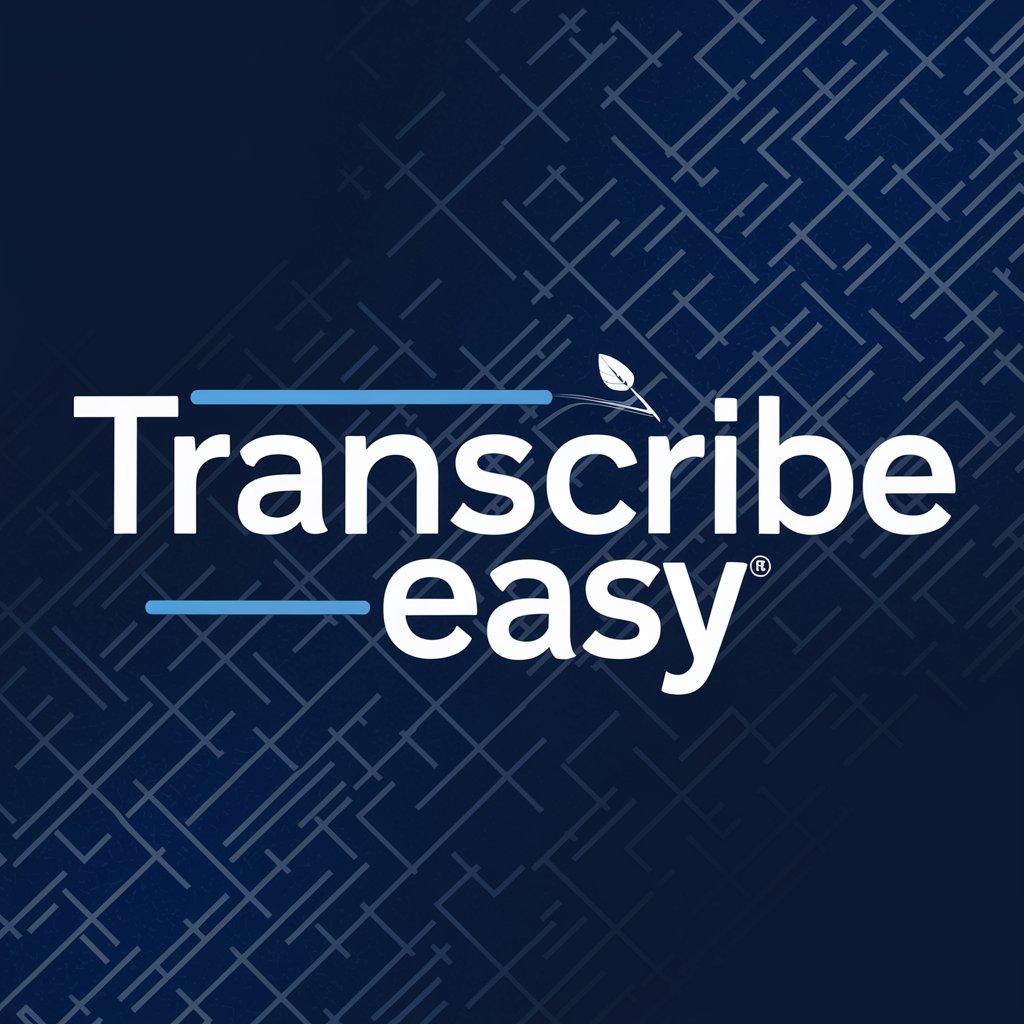
Mental Health Business Advisor
Optimizing Workplace Wellness with AI

Pizza Taxi
Quick, Reliable, AI-Enhanced Delivery

Map Doctor
Optimize Your Maps with AI-Powered Insights

Disability Law Expert
Navigating Disability Law with AI

Lusitranslator
Instant AI-Powered Portuguese Translations

Grammar Guru
AI-powered writing assistant

Frequently Asked Questions About Webcrawler 2 Site Explorer
What is Webcrawler 2 Site Explorer?
Webcrawler 2 Site Explorer is a tool that allows users to extract and compile a list of all web pages from a specific domain using a 'site:[domain]' query.
How does the tool handle large websites?
The tool efficiently navigates through search results, identifies relevant URLs, and compiles them into an organized list, even for large websites with numerous pages.
Can I use this tool for competitive analysis?
Yes, the tool is ideal for competitive analysis, allowing users to gain insights into a competitor's website structure and content strategies.
Is there a limit to the number of pages I can extract?
While there is no set limit to the number of pages you can extract, performance may vary based on the size and complexity of the website.
What are the system requirements for using this tool?
The tool is web-based and requires no special hardware. A stable internet connection and a modern web browser are sufficient for optimal performance.
